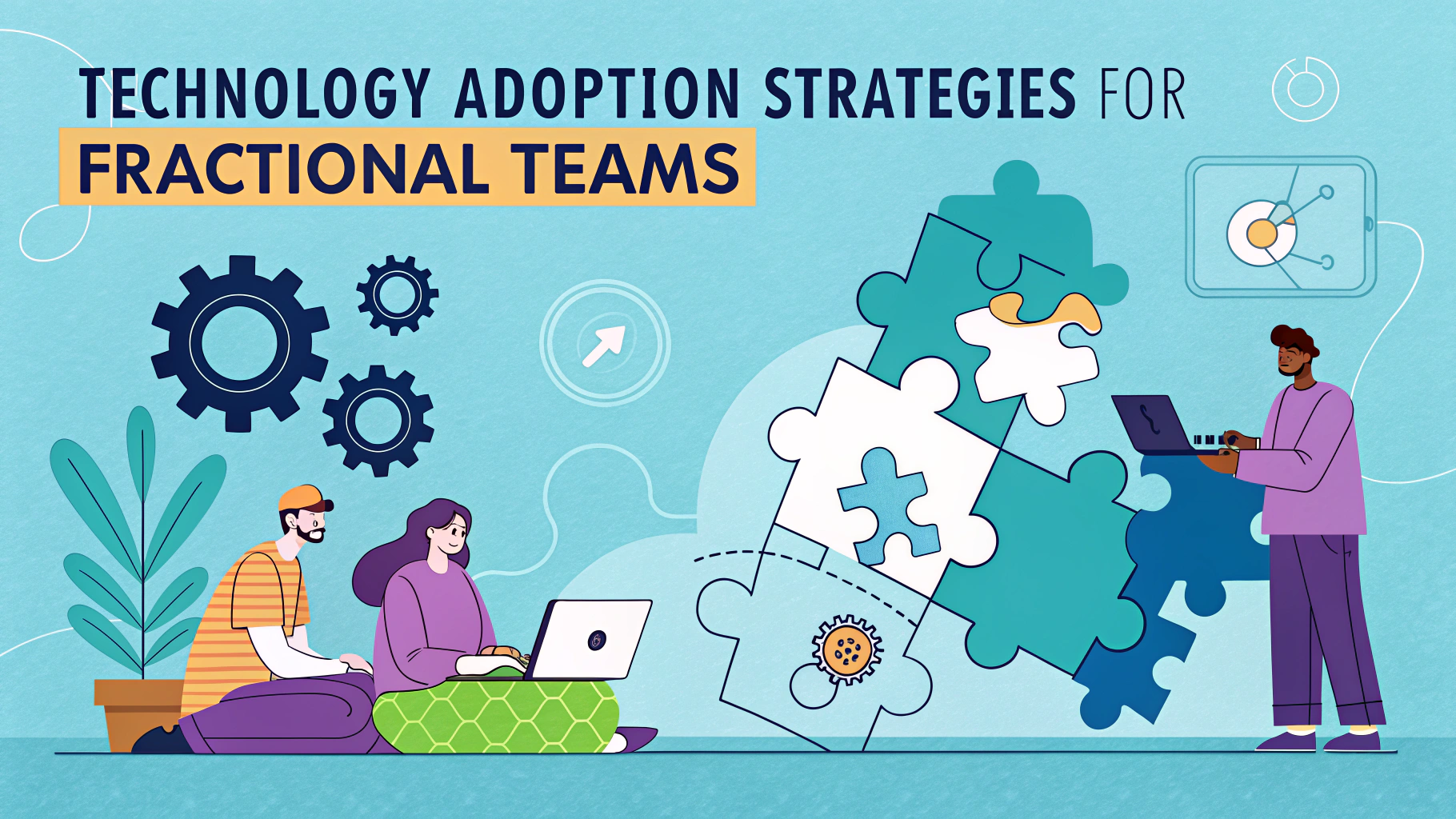Setting effective Key Performance Indicators (KPIs) for a Fractional Chief Operating Officer requires careful planning and alignment with business objectives.
Fractional COOs need clear metrics to demonstrate their value and impact on organizations they serve part-time.
This guide outlines practical KPIs and measurement strategies to evaluate fractional COO performance effectively.
Core KPI Categories for Fractional COOs
- Operational Efficiency Metrics
- Project Completion Rates
- Cost Reduction Targets
- Team Performance Indicators
- Process Improvement Metrics
Operational Efficiency KPIs
Track improvements in operational cycle times across key business processes.
- Reduction in process bottlenecks
- Employee productivity rates
- Resource utilization metrics
- System uptime and reliability
Financial Impact Metrics
Measure the financial outcomes of fractional COO initiatives.
- Operating expense reduction
- Revenue per employee
- Working capital optimization
- Return on operational investments
Project Management KPIs
- Project completion rate: Target >90%
- Budget adherence: Within 10% variance
- Timeline compliance: >85% on-time delivery
- Resource allocation efficiency: >95% utilization
Team Development Metrics
Monitor improvements in team capabilities and performance.
- Employee turnover reduction
- Training completion rates
- Internal promotion rates
- Team satisfaction scores
Process Optimization Metrics
| Metric | Target |
|---|---|
| Process automation rate | 25% increase |
| Error reduction | 50% decrease |
| Customer satisfaction | 90%+ |
| Response time | 24 hours max |
Implementation Tips
- Set baseline measurements before implementing changes
- Use data visualization tools for tracking progress
- Schedule monthly performance reviews
- Adjust KPIs based on business phase and priorities
Common Measurement Challenges
- Data availability and accuracy
- Attribution of results
- Time lag in impact measurement
- Stakeholder alignment on priorities
Tools for KPI Tracking
- Dashboard Software: Tableau, Power BI
- Project Management: Monday.com, Asana
- Analytics Tools: Google Analytics, Mixpanel
- Financial Tracking: QuickBooks, Xero
Next Steps for Success
Start with 3-5 core KPIs aligned with immediate business priorities.
Review and adjust metrics quarterly based on business needs and fractional COO focus areas.
Document success stories and improvements to demonstrate ROI to stakeholders.
Reporting and Communication
Establish regular reporting cadence to keep stakeholders informed of progress.
- Weekly status updates
- Monthly performance summaries
- Quarterly strategic reviews
- Annual impact assessments
Stakeholder Management KPIs
Track effectiveness of relationships and communication with key stakeholders.
- Stakeholder satisfaction scores
- Meeting effectiveness ratings
- Implementation feedback scores
- Cross-functional collaboration metrics
Risk Management Metrics
| Risk Category | Measurement Focus |
|---|---|
| Operational Risk | Incident frequency reduction |
| Financial Risk | Cost variance control |
| Compliance Risk | Audit performance |
| Strategic Risk | Goal achievement rate |
Long-term Value Creation
Sustainable Improvements
- Systems optimization longevity
- Knowledge transfer effectiveness
- Process documentation quality
- Organizational resilience metrics
Innovation Metrics
- New initiative implementation rate
- Process improvement suggestions
- Technology adoption metrics
- Innovation ROI measures
Maximizing Fractional COO Impact
Focus on creating lasting operational excellence through measurable improvements and sustainable systems.
Maintain clear documentation of achievements and methodologies for future reference.
Build scalable frameworks that continue delivering value beyond the engagement period.
FAQs
1. What are the most important KPIs to measure for a fractional COO’s performance?
The key KPIs include operational efficiency metrics, cost reduction percentages, process improvement outcomes, project completion rates, team productivity measures, strategic initiative implementation success rates, and ROI on operational investments.
2. How frequently should KPIs be evaluated for a fractional COO?
KPIs should be evaluated monthly for ongoing operational metrics, quarterly for strategic initiatives, and annually for overall business impact. Some specific project-based KPIs may require weekly monitoring.
3. What’s the difference between KPIs for a full-time COO versus a fractional COO?
Fractional COO KPIs are typically more project-specific and time-bound, focusing on targeted improvements rather than ongoing operational management. They often emphasize quick wins and specific deliverables within the contracted scope.
4. How do you measure the cost-effectiveness of a fractional COO?
Cost-effectiveness is measured by comparing the fractional COO’s fees against delivered value, including cost savings achieved, revenue increases from operational improvements, and the cost differential versus a full-time COO.
5. What operational efficiency metrics should be tracked for a fractional COO?
Key operational efficiency metrics include process cycle times, resource utilization rates, error rates, throughput improvements, bottleneck reduction, and automated process implementation success rates.
6. How should team performance KPIs be incorporated into fractional COO metrics?
Team performance KPIs should focus on productivity improvements, employee satisfaction scores, reduced turnover rates, successful implementation of new workflows, and achievement of department-specific goals under the COO’s guidance.
7. What are the best ways to measure strategic initiative success for a fractional COO?
Strategic initiative success should be measured through milestone achievement rates, project completion within budget and timeline, ROI on implemented changes, and specific business outcomes tied to each initiative.
8. How do you establish baseline metrics for measuring fractional COO impact?
Baseline metrics should be established by documenting current performance levels before the fractional COO engagement begins, including operational costs, process efficiency measures, productivity levels, and existing pain points.
9. What technology implementation KPIs should be tracked for a fractional COO?
Technology KPIs should include successful system integration rates, user adoption metrics, efficiency gains from new technology, reduced manual processes, and ROI on technology investments.
10. How can you measure the long-term impact of a fractional COO’s initiatives?
Long-term impact is measured through sustained performance improvements, documented process changes, established systems and procedures, trained team capabilities, and continued operational efficiency after the engagement ends.







